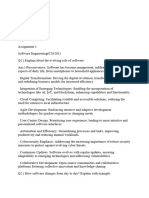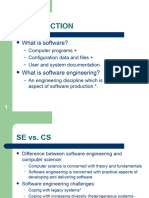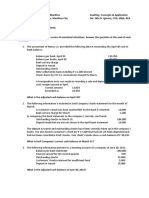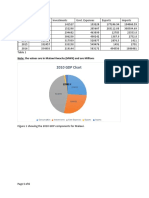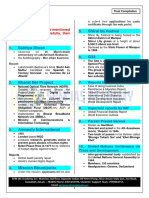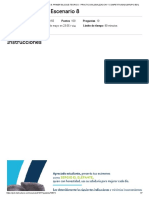0% found this document useful (0 votes)
18 views5 pagesSoftware Engineering UNIT1 Notes
The document provides comprehensive notes on Software Engineering, covering five units that include the definition, components, characteristics, and crisis of software engineering. It discusses various software development life cycle (SDLC) models such as Waterfall, Prototype, Spiral, Incremental, and Iterative Enhancement, highlighting their features and suitability for different project types. Additionally, it emphasizes the importance of software quality attributes and the structured approach needed for effective software design, development, testing, and maintenance.
Uploaded by
jagdeep8445988444Copyright
© © All Rights Reserved
We take content rights seriously. If you suspect this is your content, claim it here.
Available Formats
Download as PDF, TXT or read online on Scribd
0% found this document useful (0 votes)
18 views5 pagesSoftware Engineering UNIT1 Notes
The document provides comprehensive notes on Software Engineering, covering five units that include the definition, components, characteristics, and crisis of software engineering. It discusses various software development life cycle (SDLC) models such as Waterfall, Prototype, Spiral, Incremental, and Iterative Enhancement, highlighting their features and suitability for different project types. Additionally, it emphasizes the importance of software quality attributes and the structured approach needed for effective software design, development, testing, and maintenance.
Uploaded by
jagdeep8445988444Copyright
© © All Rights Reserved
We take content rights seriously. If you suspect this is your content, claim it here.
Available Formats
Download as PDF, TXT or read online on Scribd
/ 5













